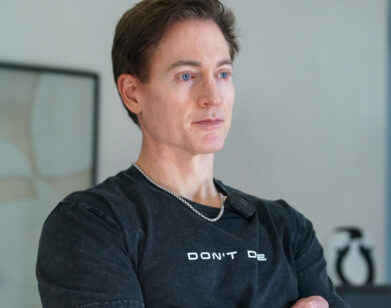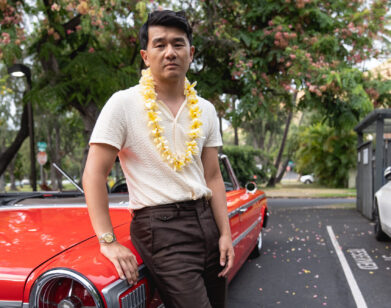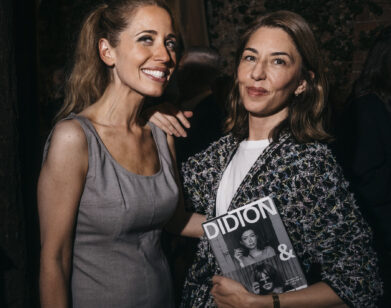TRUE CRIME
“How Would You Feel If No One Came Looking For You?”: Inside the Gilgo Beach Murders

Shannan Gilbert. All photos courtesy of Netflix.
When Rex Heuermann’s mugshot was released in July 2023, identifying him as the alleged serial killer responsible for the Gilglo Beach murders on Long Island, the news sent Amy Ryan into a state of utter disbelief. Huermann was not only the subject of the 2020 feature Lost Girls, where she played the abducted victim’s mother, but the architect who’d inspected the her co-op building years prior. “I mean, there’s not enough sage to burn,” the actress told her friend, the Emmy-winning filmmaker Liz Garbus who directed the film. “It was shocking.” The tragedy stayed close with Garbus after all those years, and she never lost interest in the murders nor the endless plight of the victim’s families. Now, she’d marshaled her fascination with the case into a three-part docuseries called Gone Girls: The Long Island Serial Killer, now streaming on Netflix, which chronicles the murders and the subsequent miscarriage of the case by the District Attorney and Suffolk police count. Last month, Garbus and Ryan got on the phone and dug deep into the life and death of Shannan Gilbert and the questions of journalistic and artistic integrity that trailed them while working on the projects.
———
LIZ GARBUS: Good morning. How’s your foot?
AMY RYAN: It’s getting better, thank you. How’s your cold?
GARBUS: My cold is getting better too. We’re both on the upswing.
RYAN: Good. I heard some birds this morning. Spring is coming.
GARBUS: Oh, my God, it’s so nice out today.
RYAN: How’s your day going?
GARBUS: My day is good so far. I started off with a little yoga, which is nice because it’s the first time I’ve moved since I’ve spent four days in bed with a cold.
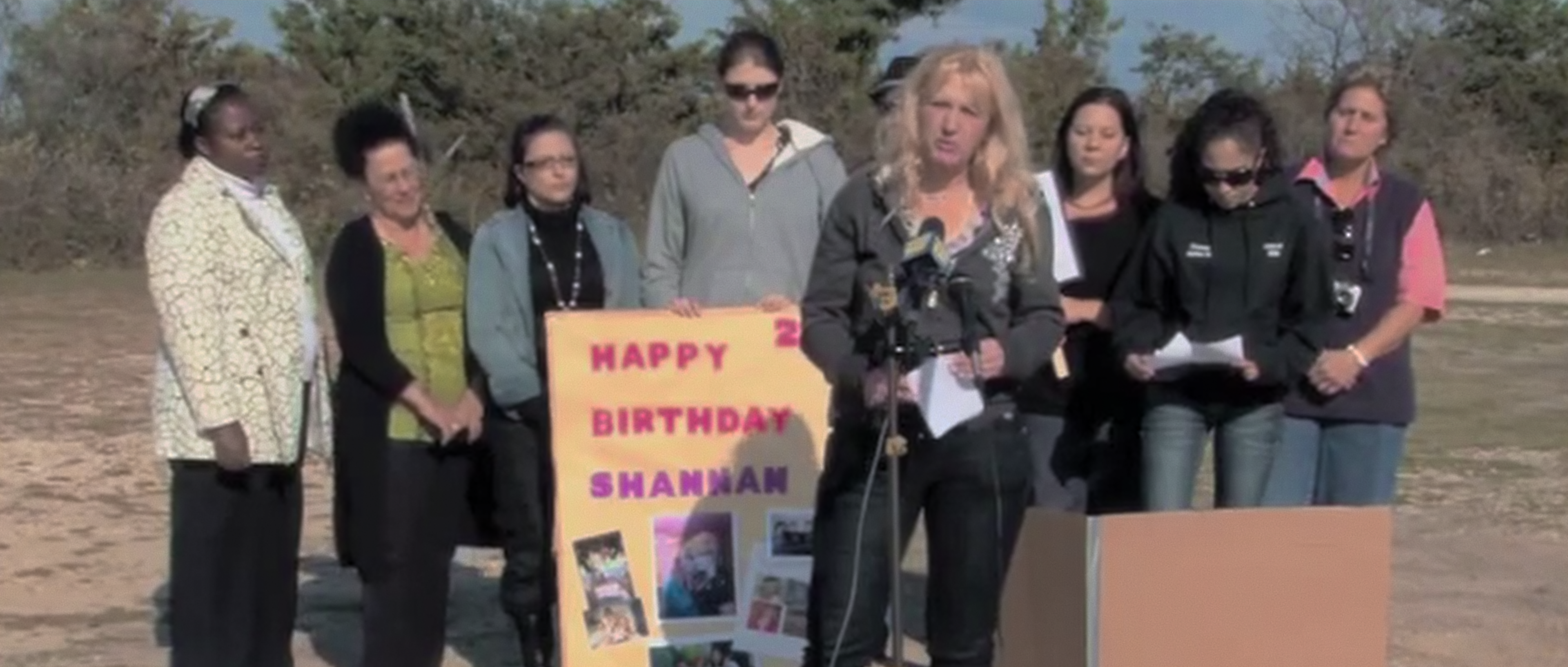
RYAN: Oh my gosh. That’s more than I’ve done without a cold. You know what? I expect that from you, Liz. You are a force of a woman, always on the go. Sloppy segue, but that brings me to your latest amazing project, Gone Girls. It’s coming out in a couple of weeks, right?
GARBUS: Yeah, in a couple weeks.
RYAN: Thinking back to our time with the scripted version of the story, I remember asking if the families were going to be involved either with the script or as consultants. You said that they didn’t want to be involved, but they appreciated ours because it kept the story alive and in the media. Did you find the same with the documentary? Were they reluctant to participate in this iteration of the story?
GARBUS: Well, Lost Girls was based on Bob Kolker’s book, which contains such thorough, intimate narratives of the families and victims and their relatives lives of the searches that went on for them. So in many ways, they were involved with Lost Girls, the film, because of the intimacy that Bob was able to bring to life in his book, and that’s what we built Lost Girls off of. I think that part of doing a film on a case like this is that we hope to keep the story alive and that people continue to ask questions. I remember when the trailer dropped for Lost Girls, probably February 2020. There was the first news conference on the case in which they revealed the belt buckle…
RYAN: Mm-hmm. Which we already knew about. [Laughs]
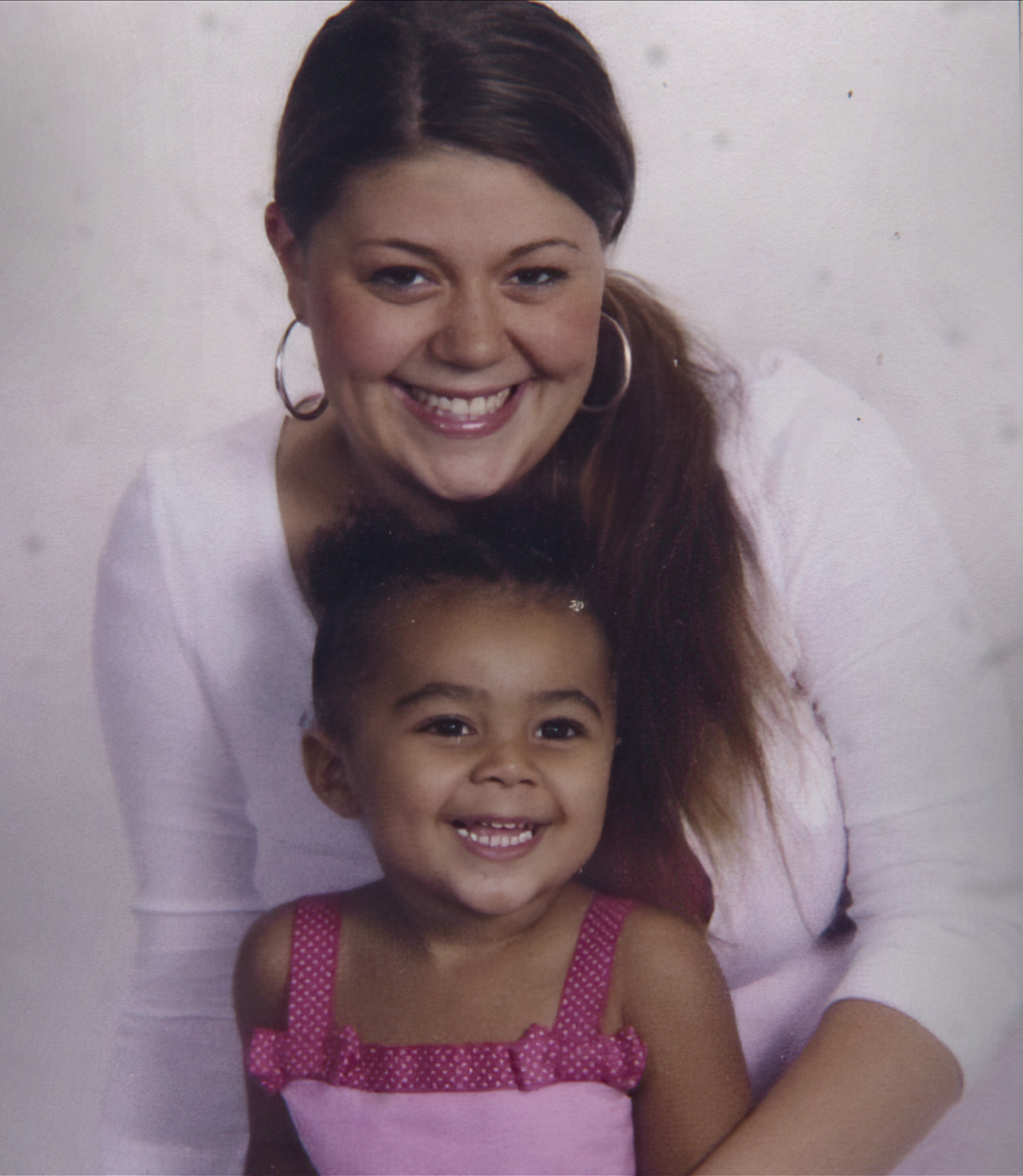
GARBUS: And to my recollection, there hadn’t been a press conference about the case in years. When our trailer was about to be released, they did it. Now, we can’t say that because there was a Netflix film coming out that they decided to do it, because we now know that there was this changeover in the police department and a new police commissioner had come in, Gerry Hart. She was the first woman to lead this department after years of corruption with the District Attorney, [Thomas] Spota, and the police chief, James Burke. Both of them went to prison for felony convictions involving conspiracies and corruption. So it was during a changeover of the Suffolk County Police Department, but it was also at a time that Netflix was dropping a movie. And when you think about the families and you think about us making this film, you do think about the zeitgeist of keeping the story alive and wanting there to be continued pressure on law enforcement to keep looking into the case. So with Gone Girls, because there was a perpetrator caught, I think that several of the victims’ families were excited to participate. They already trusted us because they trusted the portrayal of their loved ones and themselves in Lost Girls. So, it was just another step down that road of trust and a desire to keep the case alive.

RYAN: One of its successes, I believe, is the focus on the families and the women and rooting out the word “prostitute” and driving home the word “sex worker” and the fact that they’re sisters, daughters, cousins, friends—they’re real life people. And Gone Girls does the same for me as a viewer, focusing so much on the family angle and seeing the toll that it takes on them emotionally, financially, physically, but yet they still kept going. They drive to find closure. So of course, my heart goes out to Shannan’s family because there is no closure for her yet. The line that resonated with me so much was just simply like, “How would you feel if no one came looking for you?” That’s really the heart of your work here and Lost Girls, I feel. That spoken by Mari, you’ve honored her so much.
GARBUS: Yeah. One of the things that we wanted to end the doc series with was the question of, “How much more there is still to be learned?” Considering the span of time, from 1993 to 2011, and the number of victims over that period, are we to believe that he simply did nothing for years, or that the many missing women who have not yet been accounted for might become part of his charge?
RYAN: That’s right.

Mari Gilbert (left). Courtesy of Netflix
GARBUS: That’s a very important and alive question. You brought up the Gilbert Family, and of course Shannan’s case is what launched this case into the national consciousness, and that’s really the story we told in Gone Girls. And your depiction was the absolute refusal to not have this be a fucking problem. Just to say, “They’ve gone on a bender. That is not my daughter, we just spoke yesterday. Like, “Don’t fucking talk to me.” Even just today in the New York Post, there was a story about a young woman who went missing in the Dominican Republic. She’s a college student so it’s national news, but when it’s a sex worker, it’s not. So I think that everybody acknowledges that it was Mari Gilbert and Shannan’s 911 call that Shannan got to make that others didn’t, that really launched this into the world. I mean, I know you’ve done so much studying of Mari, was there anything you saw in this film that surprised you or that was different?
RYAN: Well, I had access to the interviews she had done or TV news footage, but to see it laid out in order was really striking because I could really see the toll that had taken on her. She seems to age dramatically in a very short period of time, yet she had this composure, this media savvy. I remember she knew not to smoke on camera. She knew she would be a target, she knew the police were laughing at her. The police said that her daughter was the type of person who wanted to go missing because they had a troubled life. Yet to have that clear view of what needs to be done while you are in an absolute panic… She was just on it from the get-go. So, I don’t know. No matter what job I do, there’s always something I wish I could go back and redo, because my life experience continues to change. I do know one thing I would change. I remember once or twice or five times complaining how cold I was and then I’d stop myself and be like, “What a privilege to be so cold.”
GARBUS: But you were aware of that end, you talked about it in the moment.
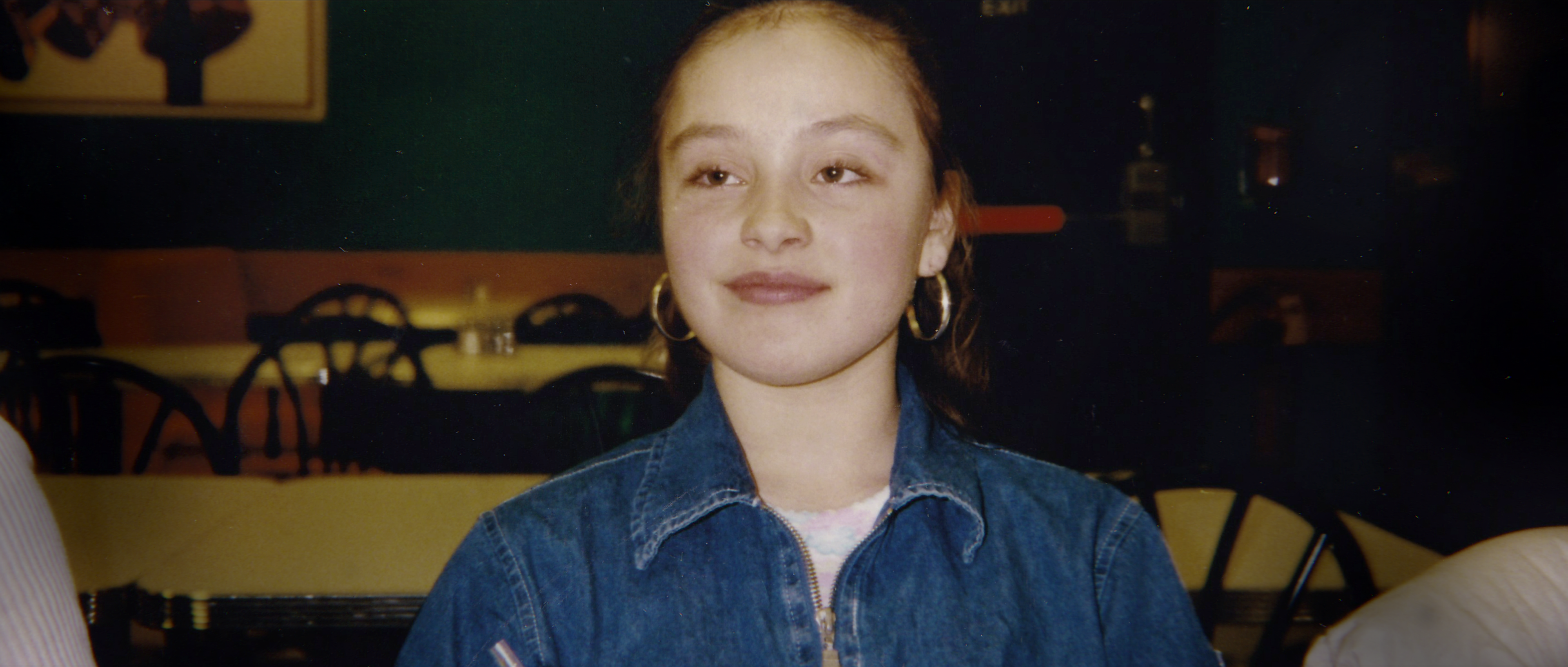
RYAN: I remember meeting Sheree for the first time at our premiere and giving her a hug and saying, “Just so you know, I’m very aware that I have a job because of some tragedy that happened to your family, and I’d do anything not to have this job.” For me, it could be like, “Oh, I’m starring in a film,” but that’s not to be celebrated when–
GARBUS: I never knew you said that to her.
RYAN: Yes. That’s something I struggle with in general when you’re depicting a real life person, but I also felt confident that this was doing something to keep the story out there.
GARBUS: I’m so glad you did say that to her. There’s this Janet Malcolm essay called The Journalist and The Murderer, and it’s focused on one particular case, the case of Joe McGinnis and Jeffrey MacDonald. MacDonald was a man who was accused and ultimately convicted of killing his family brutally on an army base in 1970, and Joe McGinnis writes a book about it. And in writing it, he says he develops a relationship with the accused. He says, “I believe that you’re innocent.” Then over the course of writing the book, he comes to believe he’s very guilty and the book ultimately portrays him as such. And the accused man feels deeply betrayed. Malcolm talks about the ethics of journalism when you’re dealing with crime and loss and tragedy, how we as journalists or filmmakers or storytellers are in some ways preying on those vulnerable and profiting off of it. While I think that it’s not a one-size-fits-all dynamic, it is something I think about a lot. I want to choose stories with a larger social purpose, not just, “Here is a missing white woman.” But, “Here is a story of somebody who has been overlooked, and here are the systemic failures that allowed for this to happen.”

RYAN: Yeah. And what if sex work was legal? What if the oldest profession in the world was legal? What if they had healthcare, safety nets, precautions, and it was monitored? Our young daughters, sisters, aunts, mothers, grandmothers wouldn’t have to go to the marshlands for a job.
GARBUS: Yeah. I think about the women who Rex Heuermann, this alleged serial killer, went on dates with, but couldn’t call the cops because they would’ve been arrested. A lot of lives would be saved if they were able to report people who they thought may have been criminals.
RYAN: I mean, another line in the doc that resonated with me was that he was living amongst us the whole time. The morning when Rex Heuermann’s mugshot was in the paper, the first email I got was from a friend who said, “Hey, they caught the guy from your movie.” I was like, “What!?” I opened the email and I mean, jaw-dropped is not enough of a description of what happened to my body. But I went running down the hall and showed Eric the mugshot. Then he went running down the hall another way to get his phone because we realized Rex Heuermann had been in our building in Brooklyn. To say we knew him is grossly overstated, but he was a house architect for our co-op as he was for many in the neighborhood. I mean, there’s not enough sage to burn, there’s not enough lotion to get the hairs down on your arm. It was shocking. I go back to that moment of hugging Sheree, and I sometimes think, what if some clairvoyant could have tapped us both on the shoulder to say, “Sheree, knows this killer”? It’s like, the world is so small and who do you pass in your day-to-day life, riding the subway or someone just doing an inspection in your building. Yet I do go away thinking, people are mostly good. I think this was just the weirdest, most random coincidence that I’ve ever come across. Did you have a shock when you heard he was arrested?

Amber Costello. Courtesy of Netflix
GARBUS: I mean, the biggest shock was frankly getting the text from you saying, “Liz, I have to tell you the weirdest thing. What was your perception of him as architect for the building?”
RYAN: I had literally one face-to-face encounter with him with a group of people. The body doesn’t lie. I had this reaction, my husband had this reaction. Every single member of my building, my co-op board, my neighbors, my extended neighbors whose buildings also hired him had it. He was arrogant, he was oafish, he was a bit shifty. He’d collect a fee to assess some situation in the building only to have to return to drop new documents. But it’s all hindsight, right?
GARBUS: I live near you. He was probably in our area all the time while we were making this film, which is crazy to think about.
RYAN: Yeah. He was around us.
GARBUS: I mean, we shot on Long Island. He was right around our world and we know he was following this case on the internet from his internet searches.
RYAN: Yeah. It’s creepy and close.
GARBUS: I didn’t think it could get much worse for the families, but uncovering what they have shown to date is extraordinary in terms of its depravity. It really makes you question the boundaries of human behavior. I started my career making films in prisons, and I made anti-death penalty films where there were people who were on death row for crimes. My goal was always to humanize. I think it was Bryan Stevenson who said, “Human beings are not equal to their worst actions.” Should a person be executed or do they stand the possibility of redemption and rehabilitation? But in this particular case, it’s hard for me to stick to that principle.
RYAN: I hear you on that. I have another question for you. Do you sleep at night?
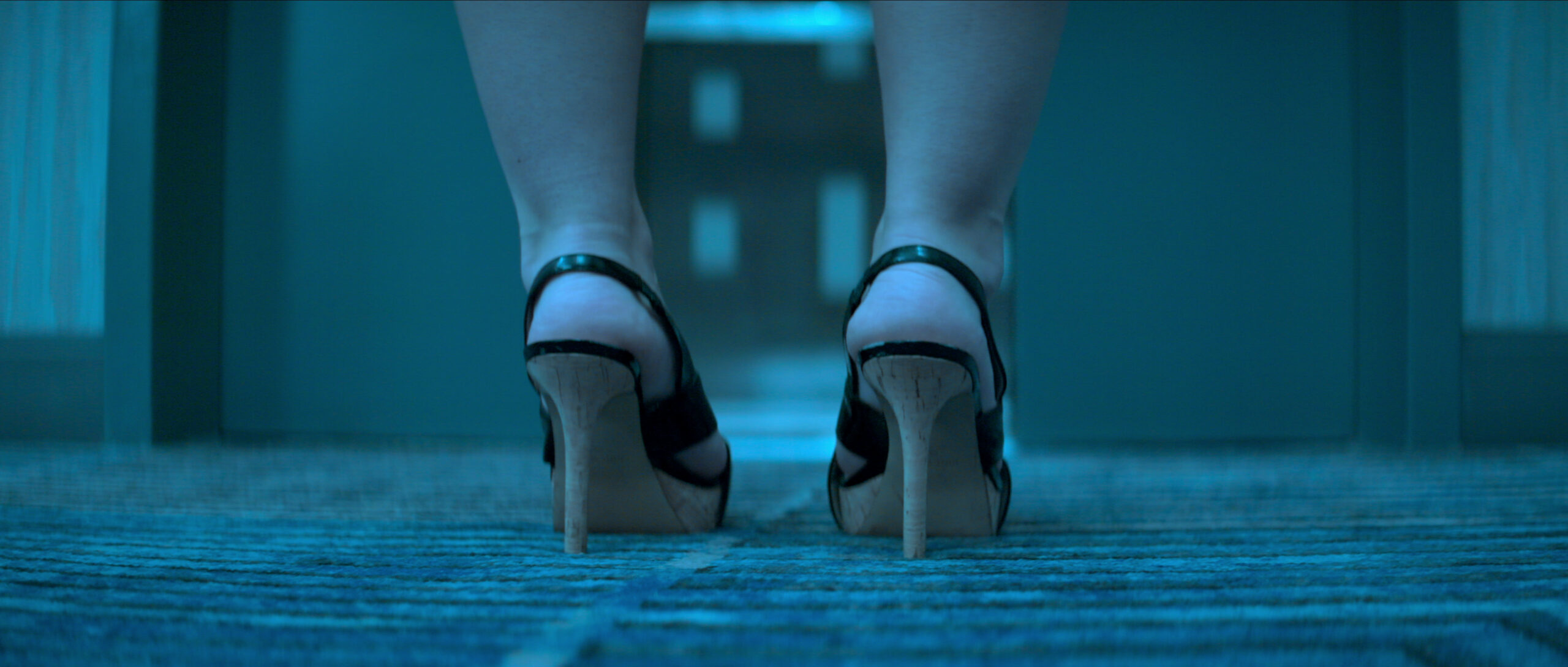
GARBUS: I’m pretty good at compartmentalizing during the daytime. I don’t sleep that well, but I haven’t slept well since I was a teenager. But I’m certainly able to find joy in life and in art and friends and family.
RYAN: I had to do a comedy after Lost Girls.
GARBUS: Only Murders in the Building?
RYAN: Well, it turned out to be a murder show, but I was actively looking to do a comedy next. Lost Girls was one of my favorite jobs though, to be there with you and Anne [Carey] and being on set with a ton of women. It was a creative bright spot in my life.
GARBUS: It was a creative bright spot for me, too. It was my first narrative feature, and I got to work with you. The emotional precision that you bring and your ability to nuance from take to take—to give a little more anger, to dig into a different emotion—was just so stunning to watch. Since Lost Girls, I’ve directed more scripted television, and I’m just always so grateful for having had that experience with you. You set the bar very, very high.

